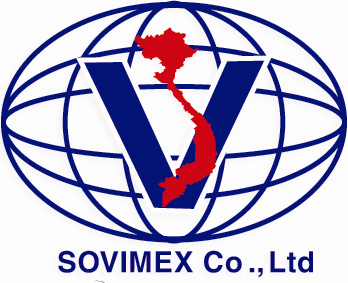News
Black Eyed Bean – Export Product

Development of the black-eyed bean sector in Madagascar
In Madagascar, farmers grow legumes such as black-eyed bean for local consumption and in recent years for the external market. Madagascar is renowned worldwide for the export of agricultural products, the black-eyed bean is one of them. Even under-exploited for the benefit of cash crops, this sector has always represented an interesting economic potential for the country. Also called cowpea or lojy in Malagasy, black eyes is a legume exported in the form of a dry grain in the same way as white beans, cape weight, red beans, lentils and other local grains (voatsoroko, kodry, ambétique …).
Black-eyed bean: A cash crop
In Madagascar, the black-eyed bean is mainly grown for export. It is grown in the northwest and north of the island, particularly in the regions of Boeny, Sofia and Betsiboka. Growers in these regions grow a hybrid type black eyes with a fertile F1 generation. This variety is characterized by plants of about one meter. Compared to lentils, it can be distinguished by its alternate, petiolate and trifoliate leaves. The rhomboid shape of the leaves and the indehiscent pods are characteristics of forms grown in the northwest. And like all the Vigna unguiculata species, the Madagascar black-eyed bean plant has two stipules at each node of the stem. A peduncle of about ten centimeters forms the inflorescence which gives white flowers. Each pod can contain a dozen kidney-shaped seeds, off-white and the famous black spot at the hilum. When the culture technique is well respected, the production meets the standards of the external market. Each grain of black-eyed bean can reach a certain size to obtain up to 480 grains per 100 grams of product.

The black-eyed bean production area
The northwest of Madagascar offers the ideal conditions for the cultivation of black-eyed bean. The main production area is found between the regions of Sofia (Port-Bergé and Mampikony), Boeny (south-east of the region up to Ambato-Boeny) and Betsiboka (northern part). Farmers exploit the areas of Baiboho, large alluvial plains on the western part of Madagascar. Baiboho are characterized by a predominantly silty texture and a massive structure.
A very short crop cycle
Black-eyed bean cultivation attracts more farmers in Madagascar for its very short cycle. Indeed, black eyes has a cultivation cycle of only 75 days. Black eyes plants have two blooms, the first of which remains the most important. Note that the replacement of seeds must be done regularly, at least every 3 years, because of degeneration of the plants if it is still used from the fourth generation. Plant degeneration results in a longer crop cycle (more than three months), three blooms (higher productivity), pod dehiscence and smaller grain size (>800 grains/100g of Grade 3 product) .
Development of the black-eyed bean sector
In Madagascar, the black eyes production area coincides with the historical production area where large colonial cotton and tobacco farms and semi-state companies were previously established. The launch of black-eyed bean cultivation dates back to the mid-1990s. Several private companies have embarked on the production of black eyes, notably in Ambato-Boeny and Manerinerina. With the growth of the sector, other companies and the farmers themselves embarked on this cash crop from the mid-2000s.
Traditional exporters, very present in the spice sector, are gradually entering the black-eyed bean sector and transforming the functioning of the sector. The competitive market has made it possible to increase margins and obviously the purchase price of black eyes. This triggered the enthusiasm of producers to make Madagascar the world’s second largest exporter of black eyes after Peru.
Outlets for the black-eyed bean in Madagascar
As announced above, the black eyes is an export product. Local consumption is very limited and the domestic market is almost non-existent in a country where legumes are the 3rd food crop. Most of Madagascar’s black-eyed bean production is therefore intended for the international market.
There are two main foreign markets. The first market concerns Asia, particularly India and Pakistan. The second is the Western market, with the European Union, North America and a few countries around the Mediterranean. The Indo-Pakistani market is a processing market while the Western market is a

 Tiếng Việt
Tiếng Việt